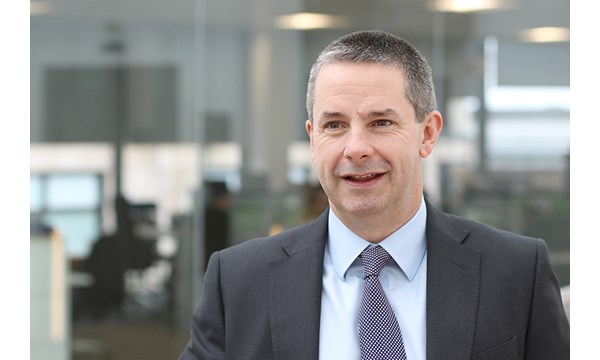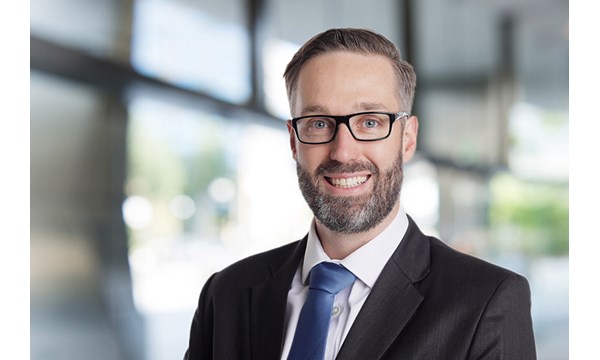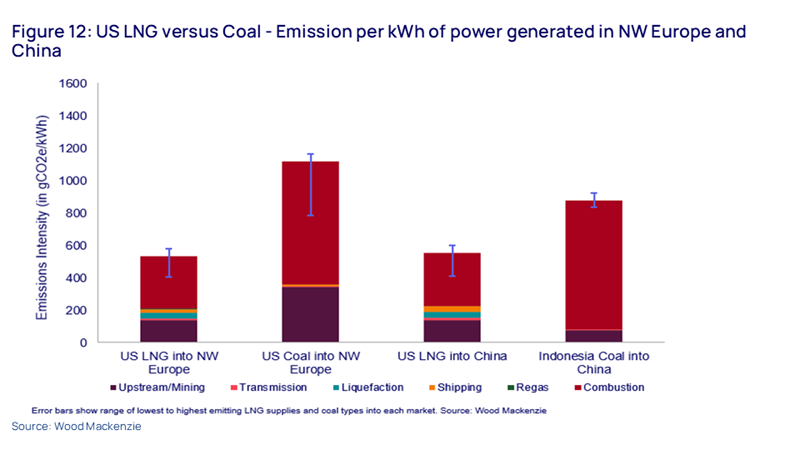Shining a light on the “coal versus LNG emissions” debate
1 minute read
Gavin Law
Senior Vice President, Emissions & Low Carbon Fuels Consulting

Gavin Law
Senior Vice President, Emissions & Low Carbon Fuels Consulting
View Gavin Law's full profileDaniel Toleman
Research Director, Global LNG

Daniel Toleman
Research Director, Global LNG
Daniel's expertise covers global LNG markets, asset analysis, project economics, contracting and corporate analysis.
View Daniel Toleman's full profileSean Harrison
Senior Research Analyst, Gas & LNG

Sean Harrison
Senior Research Analyst, Gas & LNG
Sean specialises in North America LNG research, focusing on assets analysis, project economics and LNG contracting.
View Sean Harrison's full profileAdam Woods
Senior Research Analyst, Metals & Mining Emissions

Adam Woods
Senior Research Analyst, Metals & Mining Emissions
Adam specialises in M&M emissions quantification, providing emissions benchmarking data and analysis.
View Adam Woods's full profileHistorically the natural gas industry has clung to the assumption that replacing coal fired power generation with gas/LNG was a key step towards decarbonisation of the global power sector and therefore a key positive of increased gas/LNG usage. However, in the last few years, there have been several highly publicised articles and scientific papers that have analysed the lifecycle emissions of LNG and coal and have suggested that, due to the losses of methane along the value chain, LNG emissions may actually be higher than coal thus undermining the premise of LNG as a key fuel in the energy transition.
Wood Mackenzie has used its proprietary data as well as credible third-party sources to prepare a rigorous comparison of lifecycle emissions of US LNG and coal in power generation in the two key markets of NW Europe and China. Results indicate that despite typically higher methane losses than LNG from other regions, US LNG consistently demonstrates lower emissions intensities than coal, with average lifecycle emissions of approximately 48% and 63% of coal equivalents in NW Europe and China respectively.
In addition, we highlight a number of truths about the emissions related to both US LNG and coal that have not always been fully appreciated in past comparisons. These include:
- Most US LNG is sourced from the lower-emission basins of the Haynesville and Northeast, not the higher-methane Permian basin.
- US liquefaction facilities are typically more efficient (with 20% lower emissions than the global average) and most US LNG is shipped on modern, lower-emission vessels.
- Coal derived from underground mines has significantly higher methane emissions than any US LNG project.
With a common goal of decarbonisation, all stakeholders in the LNG industry must align around a consistent, evidence-based understanding of value chain emissions. This shared understanding provides a solid foundation for the industry to work towards reducing emissions and any attempts to discredit this, even if well-meaning, may divert attention from the real issues and slow down progress.
Fill out the form at the top of the page to download the full report.










